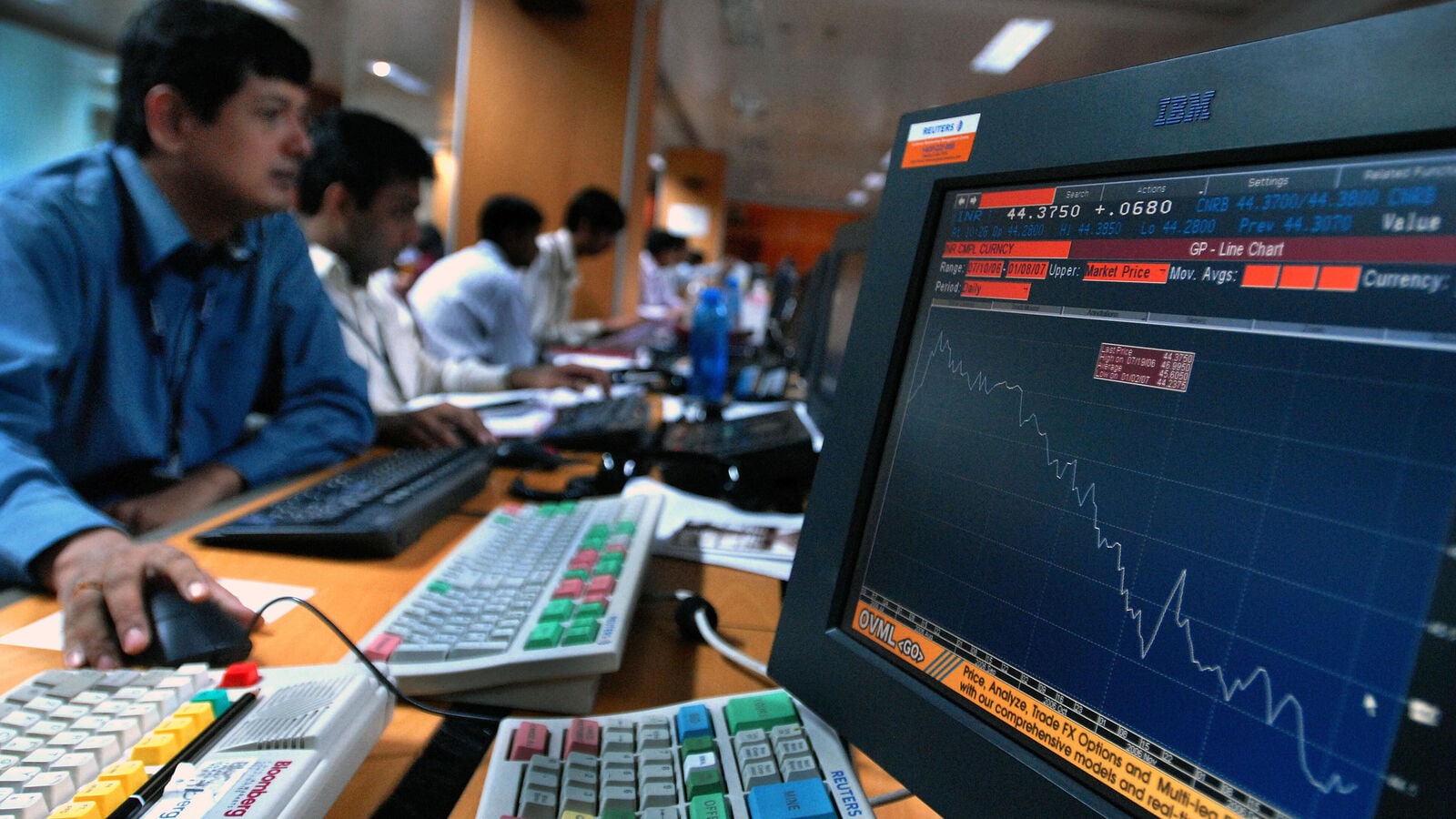Securities and Exchange Board of India (SEBI) can amend it An exposure or open interest limit of Rs 500 crore each in index futures and options was introduced for institutional investors – foreign portfolio investors and mutual funds – following the outbreak of COVID-19 in March 2020.
The market regulator has proposed to change the methodology of measuring open interest (OI), the value of outstanding buy-sell positions among participants in the derivatives segment. This limit is higher than the limit set for institutions to hedge their portfolio.
Additionally, SEBI plans to link the market-wide position limit (MWPL) – the collective position held by market participants – in single stock futures and options (F&Os) to the average daily delivery volume of the underlying shares instead of notional volume.
Sebi whole-time member Ananth Narayan, speaking at a symposium on securities markets on Saturday, said the changes are aimed at preventing manipulation of one market segment by another – either cash on derivatives or vice versa – and giving rise to excessive volatility.
To be clear, the regulator announced in October an increase in position limits for trading members and their clients in index F&O contracts.
The position limits for cumulatively trading members for client and proprietary trading in index F&O contracts have now been prescribed, Sebi said in a release. 7,500 crore or 15% of the total open interest in the market, whichever is higher.
The proposed changes follow Sebi’s half-a-dozen measures in October 2024 to calm retail frenzy in index options trading. A SEBI study found total losses for individual traders from 2021-22 to 2023-24 1.8 trillion, massively trading index options.
What is SEBI thinking?
Narayan said the method of measuring F&O open interest in the market by adding the estimated volume of futures – the total or nominal value of the security – with options contracts was flawed.
He explained that option pricing was determined by five major risks known as Greeks. One of the risks was delta – the change in the price of an option relative to changes in the price of an underlying stock or index. For example, if Nifty rises by 10 points and the price of an option rises 5, The option delta will be 0.5 for Call option and -0.5 for Put.
SEBI is planning to move to a delta-based metric – in which the delta of options will be added to the notional volume of the futures contract instead of adding the notional volume of the two instruments to measure open interest.
“You have to combine, at most, the delta of an option with future speculation. So, this future equivalent is a metric that makes more sense than just adding the projections on both sides,” he said.
He said adopting a delta-based approach to measure open interest would be in line with global best practices.
“Moving to a delta-based metric will ensure that we are actually measuring the risk correctly,” he said, indicating that the consultation paper would be out by February following advisory committee discussions. “Don’t worry about anything coming Shock (The shock) overnight,” he said.
Regarding the Covid onset restrictions, Narayan said, “Some time ago when we had the Covid incident, we came up with some limitations on index trading. We said that you can actually take on a net basis in futures ” 500 crores.”
“We also said on options, what you can guess is 500 crores. It was brought in during the time of Covid essentially as a measure to control volatility during that period. This now needs to be revised. The reason why we are holding back from revising it is that the estimated range, first of all, is not correct,” he said.
The MWPL on single stock F&O, which is 20% of the free float of the underlying stock, will have to be changed if there is a change in the method of measuring open interest.
“We have seen cases where the overall market delta in derivatives is 50 or 60 times the daily delivery volume. So, linking MWPL to delivery volumes is something else we are considering,” he said.
SEBI introduced the limit in 2020 to prevent excessive volatility in the market. The benchmark Nifty 50 fell 38% from 12,201 on January 12, 2020, to 7,610 on March 23 as the Covid outbreak halted economic and business activity globally to contain it.
catch ’em all business News , market news , today’s latest news events and latest news Updates on Live Mint. download mint news app To get daily market updates.
MoreLess











